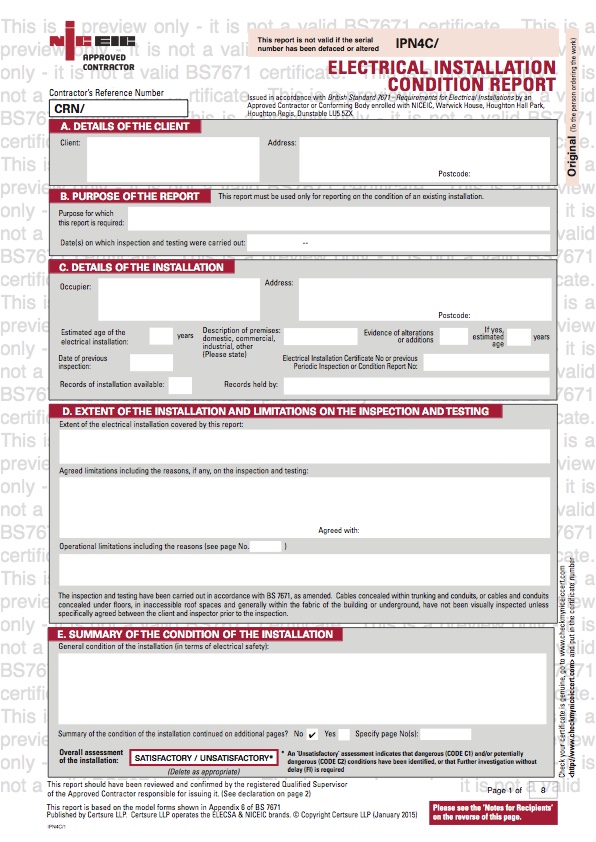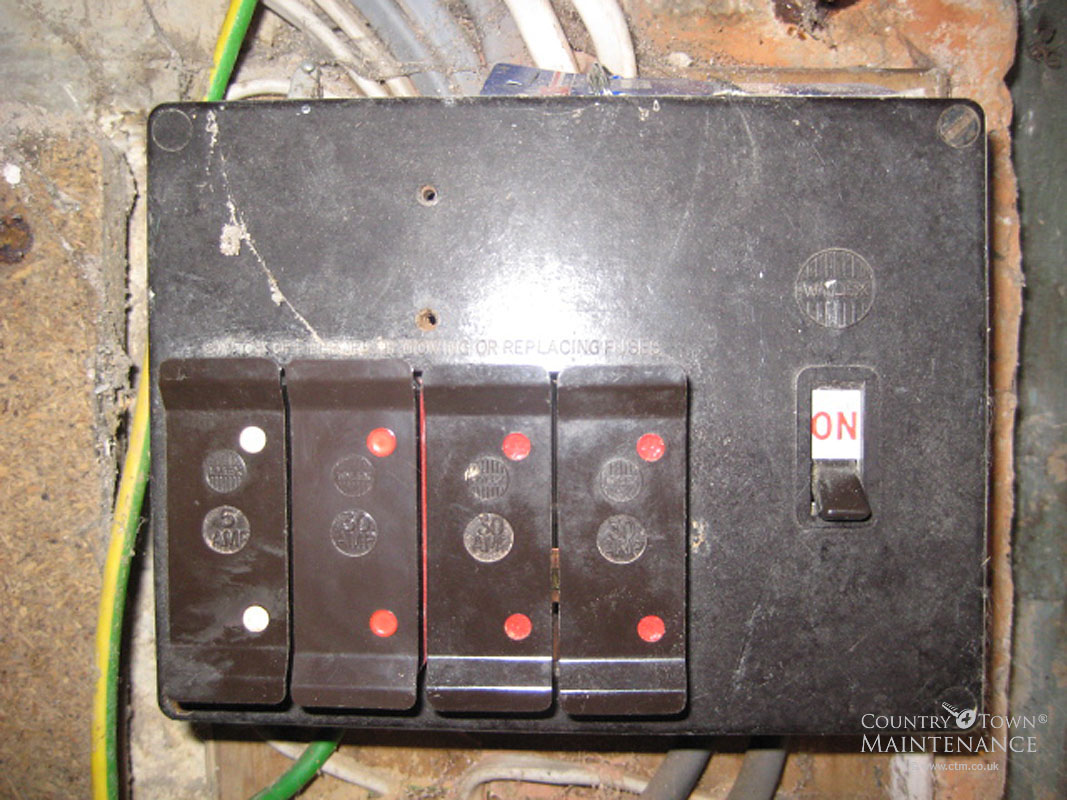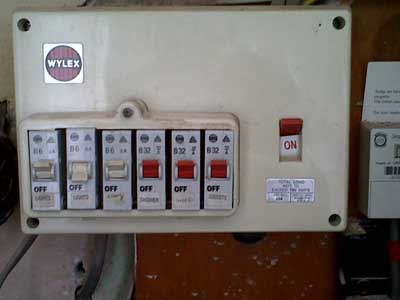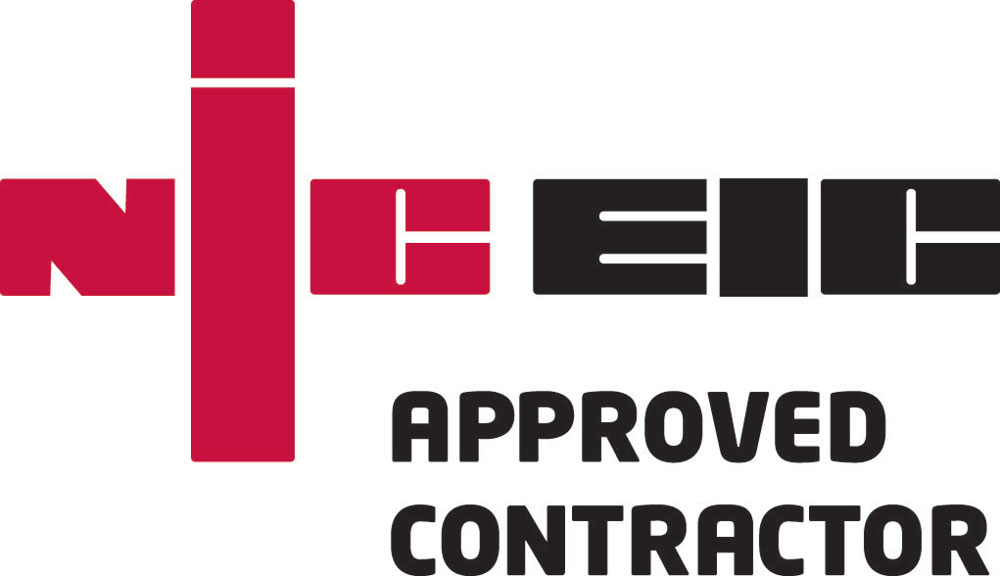testing & inspection


All electrical installations should be periodically tested to make sure they are safe for continued use. Typically this should take place after 10 years and for a recent installation and then at 5 yearly intervals once the installation reaches 20 years.
The process includes visual inspection, dead testing with power off and then live testing with the power on. At the end of the process, a report is produced called an EICR (Electrical Installation Condition Report), perviously called a PIR (Periodic Inspection Report)
The work should be conducted by a suitable qualified person in posession of a Level 3 City & Guilds CG2391.Many who undertake this work are not suitably qualified, so it’s as well to ask.
Defects are graded C1, C2 or C3. C2 defects are potentially dangerous and C1 defects are graded as dangerous. The presence of C1 or C2 defects will lead to a certificate marked Unsatisfctory and remedial work will be required.
Old Fuse boards
If your fuse box looks like this, you should urgently consider an EICR or Electrical Installation Condition Report to check that your electrical installation is safe.
The brown board is partly made of wood and mounted on a wooden board, both combustable materials. The white board has plug in MCBs and is made of plastic which is an improvement, but neither board provides RCD protection.
Without RCD protection, you are at a greatly increased risk of electrocution.
If you have an old board like this, then your earthing and main bonding is unlikely to meet current standards.



